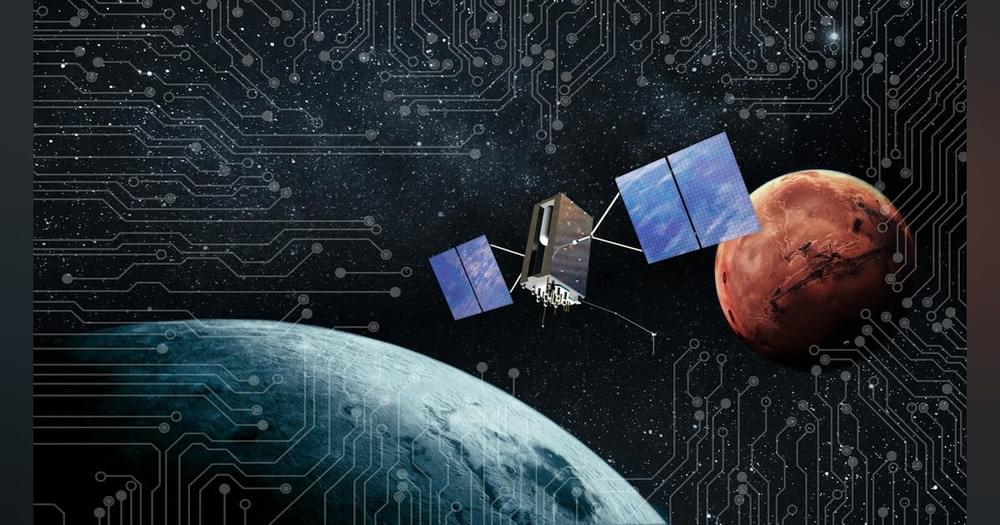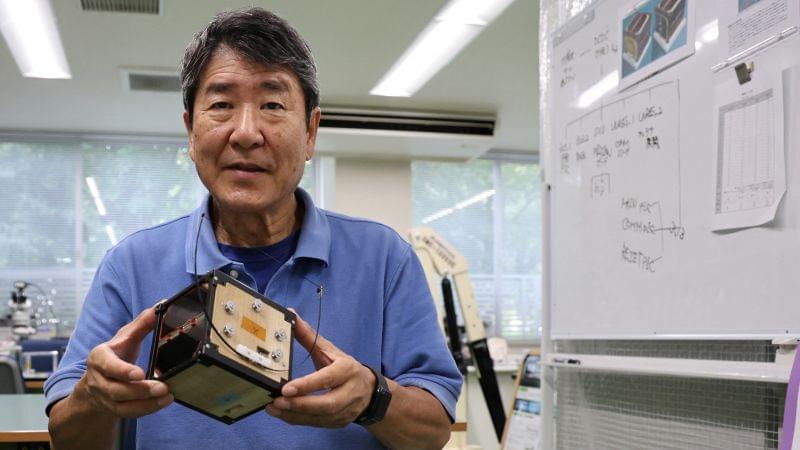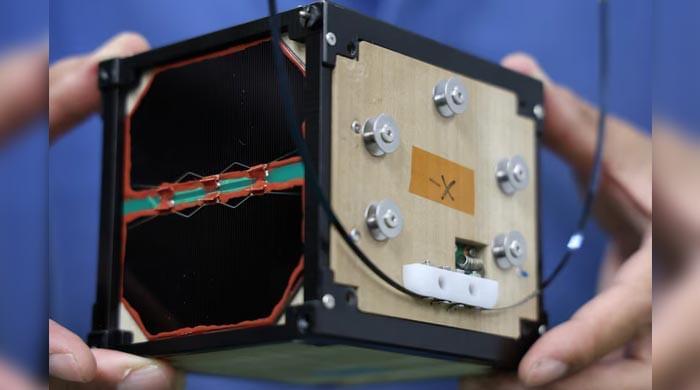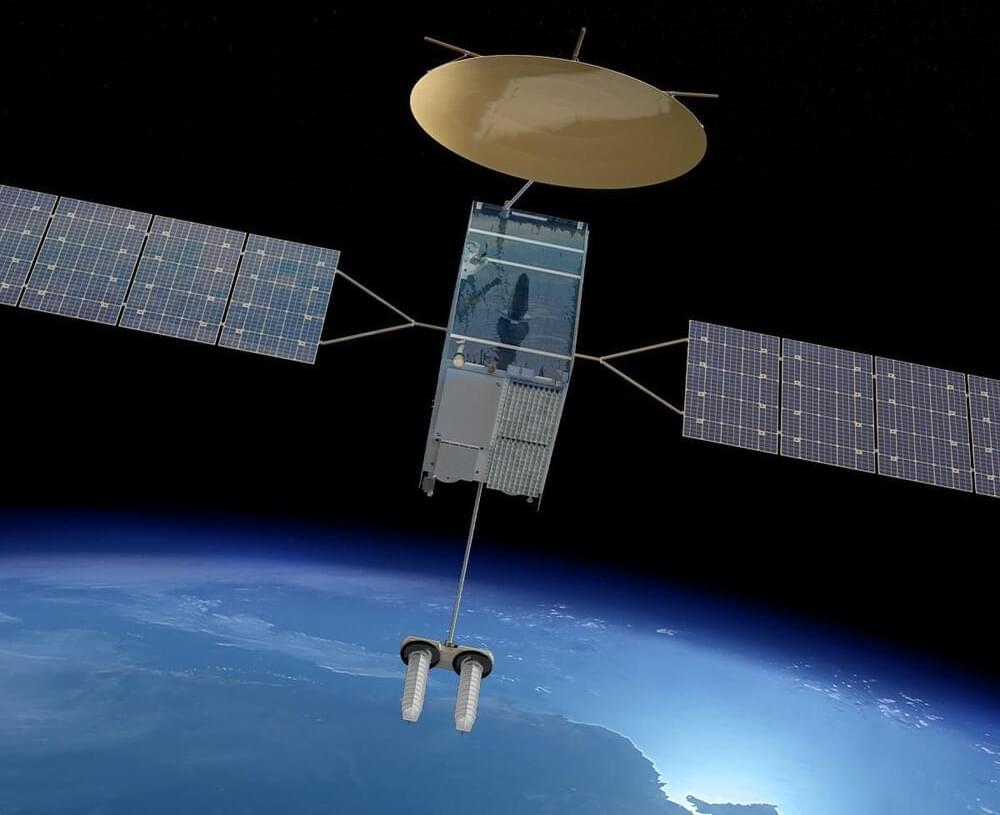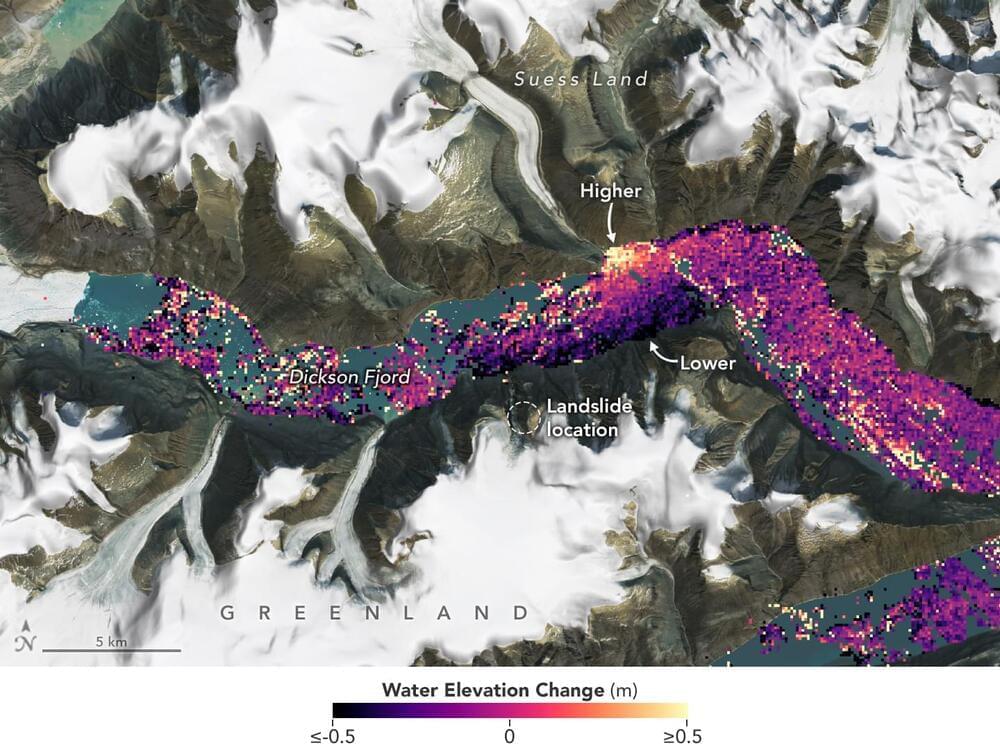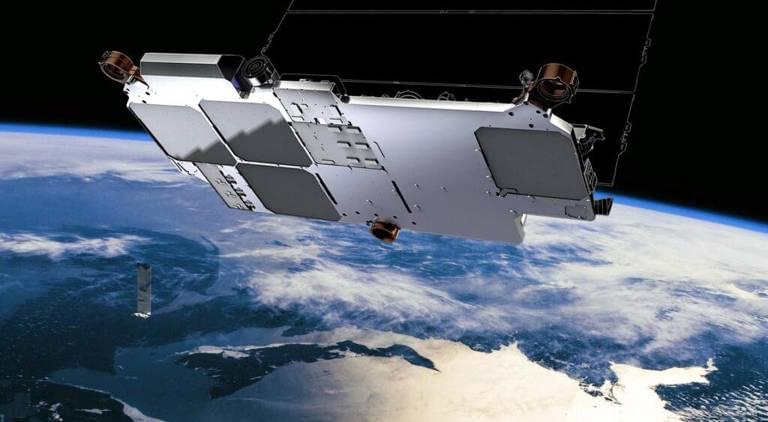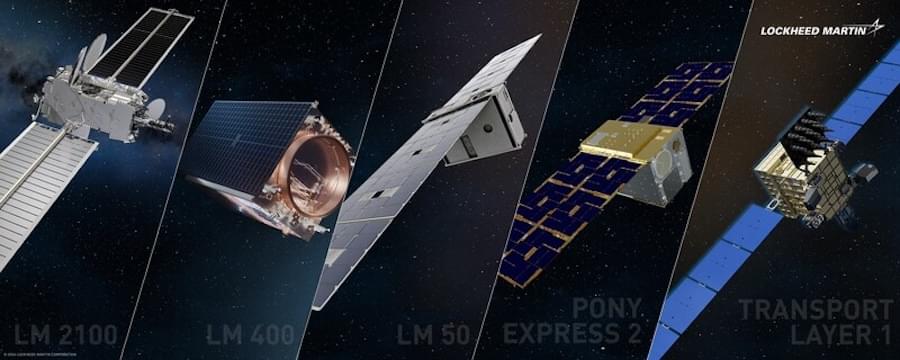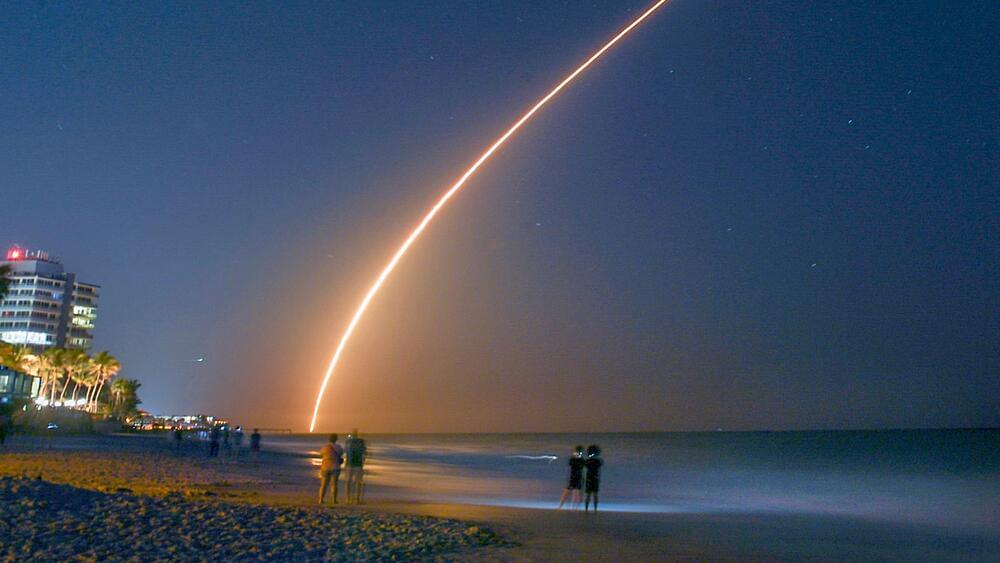WASHINGTON — Lockheed Martin Corp announced Oct. 30 it has completed the acquisition of small satellite manufacturer Terran Orbital. The approximately $450 million acquisition deal deepens Lockheed Martin’s foothold in the commercial satellite sector and culminates a partnership that began in 2017.
The acquisition positions Lockheed to leverage Terran’s expertise in low-cost satellite production for both military and commercial ventures. Lockheed Martin stressed that Terran Orbital, now rebranded as “Terran Orbital, a Lockheed Martin Company,” will continue to operate as a merchant supplier for the broader space industry.
The completed acquisition caps Lockheed Martin’s years-long relationship with Terran Orbital, formerly Tyvak Nano-Satellite Systems. The smallsat specialist, founded in 2011, initially focused on nanosatellites and cubesats, but transitioned to building larger satellite platforms after it rebranded in 2022. That shift in focus followed Terran Orbital’s public listing through a special purpose acquisition company (SPAC) merger, which aimed to accelerate its commercial growth.
